Cabernet Sauvignon, Pinot Noir, Chambourcin, Riesling and Chardonnay are all well-loved varietals that represent various regions throughout the United States, but you will find precisely none of these at TerraVox Vineyards.
Since 2012, the Kansas City, Missouri estate has commercially produced wines from varieties such as Muench, Lomanto, Carman, Volney, Lenoir, Herbemont, Wetumka and Ellen Scott, as well as Cloeta, Hidalgo, Albania, Stark’s Star and Delicatessen.
The grapes are all indigenous to the United States and founder Jerry Eisterhold, a museum designer, oversees the cultivation of more than 60 varieties of native American grapes.
“I think folks who live and breathe wine possess an abundance of curiosity and the idea of enjoying fine wine from varieties they have never heard of, let alone varieties native to American soil and not European, pique their interests even more,” Eisterhold said. “If the interest our project is receiving from folks in the industry domestically and internationally continues as enthusiastically as the interest we are generating from consumers, then perhaps I’ll be proven correct that these indigenous grapes have a future well beyond our 14 acres.”
When Eisterhold started the project 26 years ago, his intent was only to resurrect the large number of indigenous American grapes that had been discovered and cataloged more than 100 years ago by T.V. Munson and other pioneering American grape horticulturists.
Eisterhold first got interested in grapes and winemaking growing up in rural Missouri, where he made wine out of blackberries and other wild grapes. As an adult, he went into the business of designing museums, and it was during his usual rummaging for research that he came across Munson’s book about American viticulture, which talked about indigenous grapes, many of which grew in the Midwest because of overlapping ecosystems.
Eisterhold saw himself as doing missionary work. It felt it was his duty to investigate these grapes: how you grew them, what they tasted like and what kind of wines could be made from them.
“It seemed like someone like me should do it,” the museum designer said. “Without a business plan where I needed to try to drive the varietals out into the supply chain, I could just step back and ask basic questions of what made a good wine. Not everything has been wonderful, but I think what we’re making now is pretty darn good.”
Many of these American grapes had made their way into individual and commercial vineyards before Prohibition led to their near disappearance.
“My understanding is that when prohibition came along in Missouri, state law mandated getting rid of the winemaking equipment, but California didn’t require that,” Eisterhold said. “So in California, they had the infrastructure in place to bounce back.”
During prohibition, the Midwest converted its grape crop to varietals like Concord, which was used to produce non-alcoholic grape juice, seemingly writing the epitaph on the midwest’s commercial winemaking headstone.
“No one wanted to tear out their producing grape juice vines to go back to winemaking,” Eisterhold said. “So it came down to that and the trouble with introducing people to strange varietals. People don’t come into a restaurant and say ‘Give me a Wetumka.’ So we’re having to educate people to understand these wines and make them something they’re familiar with.”
Initial varietals Eisterhold sourced were grown from cuttings from Munson’s nursery in Denison, Texas.
“It had been neglected,” Eisterhold said. “The vines had been hanging around for decades but had hung in there without cultivation, which proved they deserved to be here.”
Rooting them initially took place on friends’ land in the Kansas City, Missouri city limits. Eventually he saw more success after buying some acreage that could double as vineyard land and a location for his museum design offices.
Eisterhold said he was excited about the potential the grape project had for addressing the implications of climate change, pest management, vigor and productivity, as well as an increasing interest consumers are showing in alternative wine types.
Eisterhold said he thinks the wines made from the 2022 vintage will help convince consumers and the wine trade alike that American wine grapes provide all the right answers to critical questions.
“We know now from our sales, the awards our wines have earned, the continued support from consumers, and interest from domestic and international growers that are also addressing the same long-term issues, that there is great potential in expanding wine beyond European varieties and French-American hybrids and focusing on the grapes native to American soil to address these issues,” Eisterhold said.

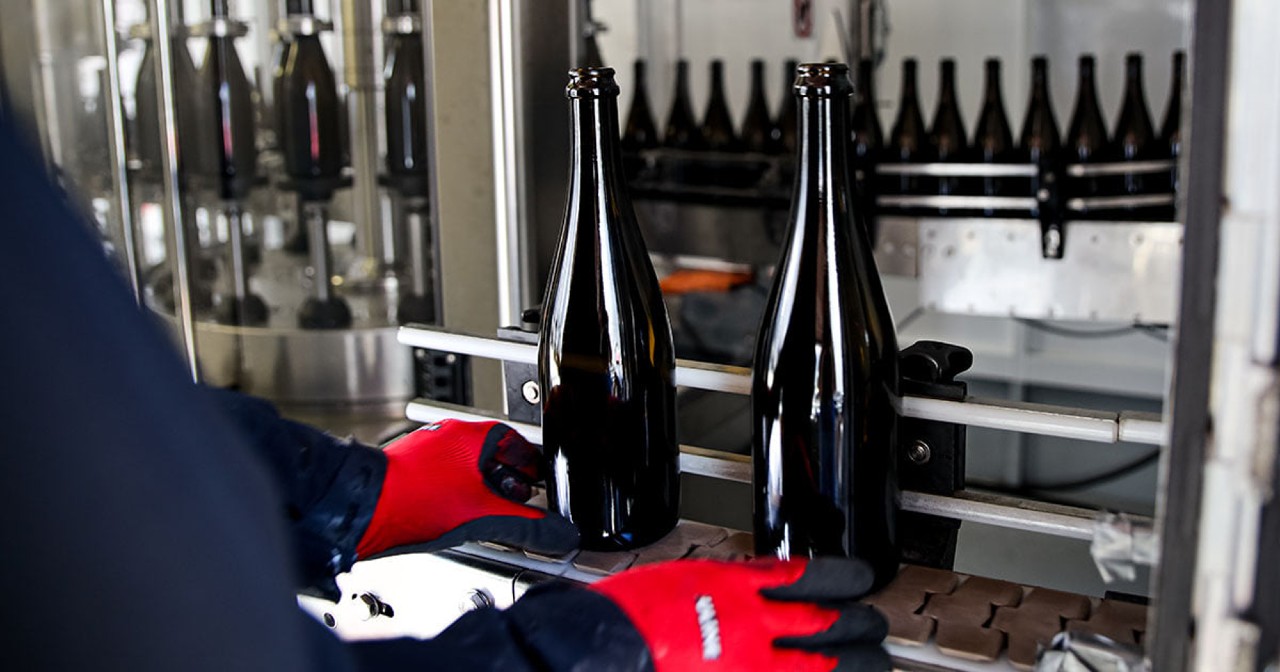
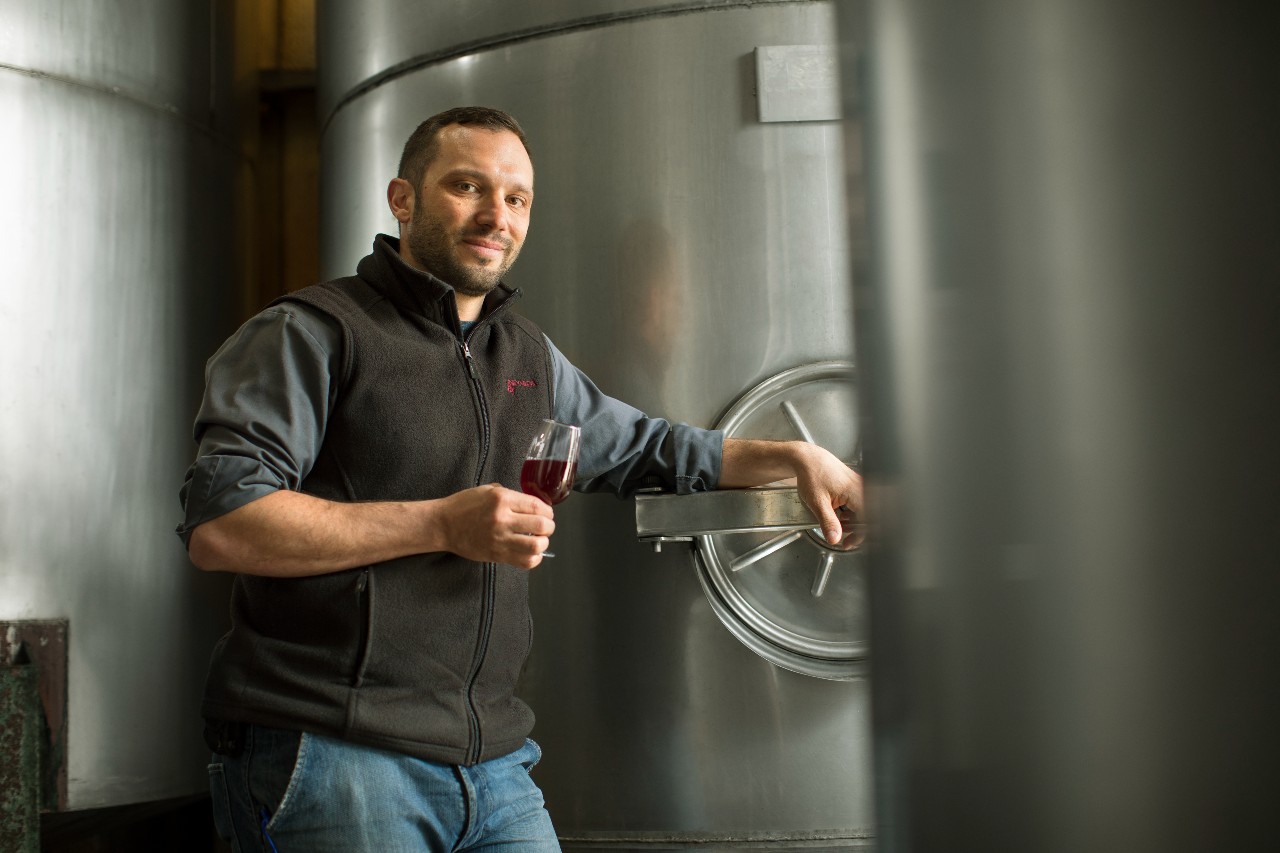
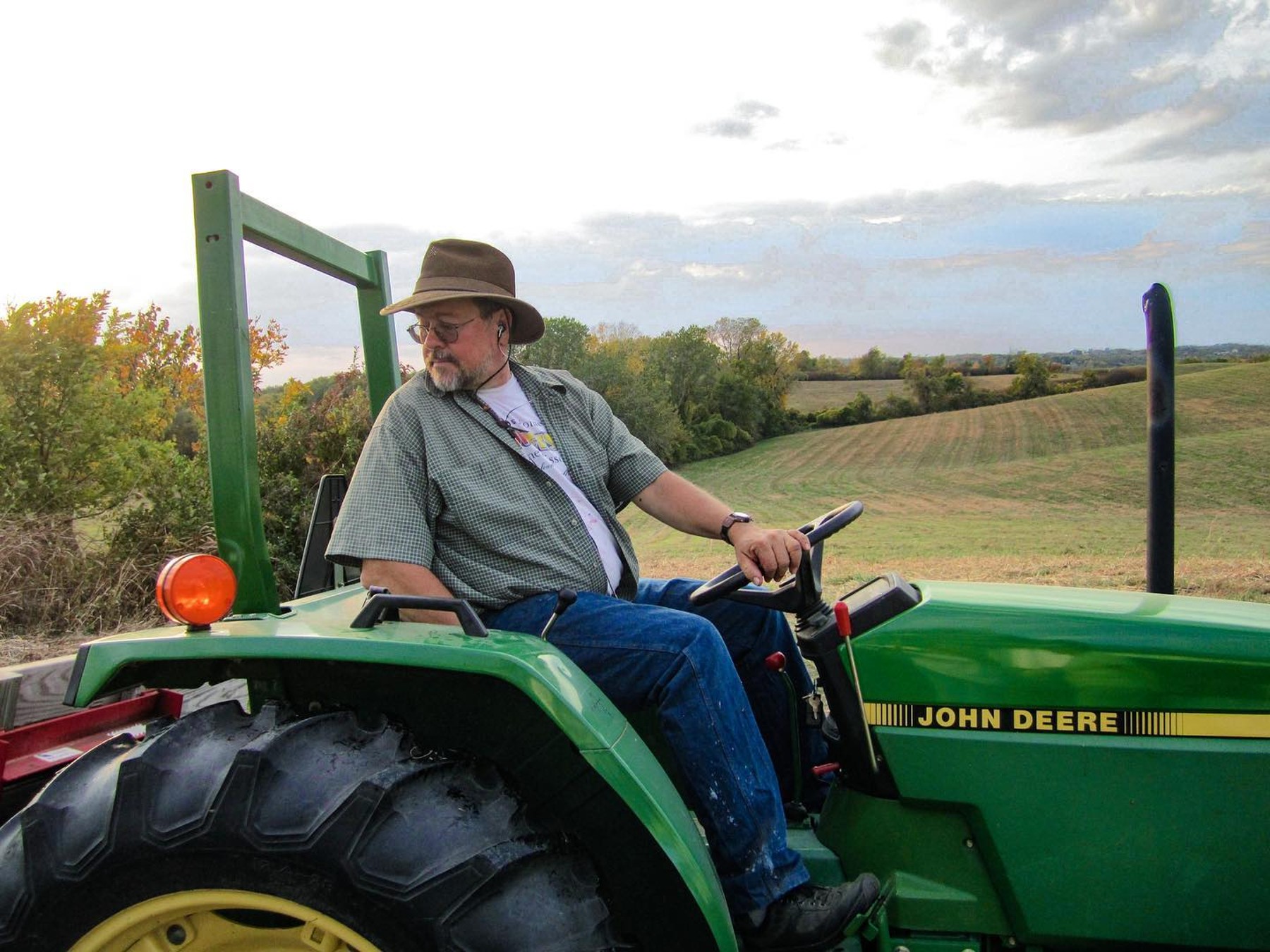
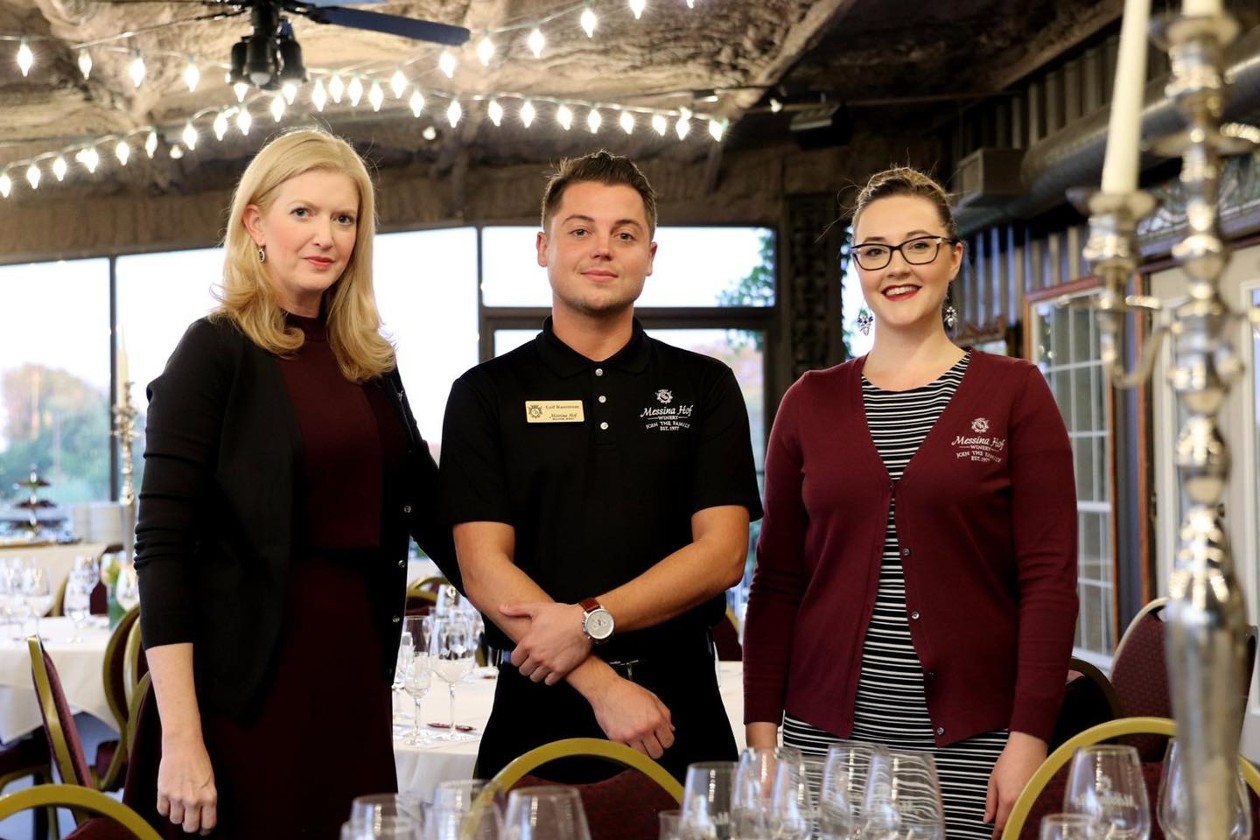
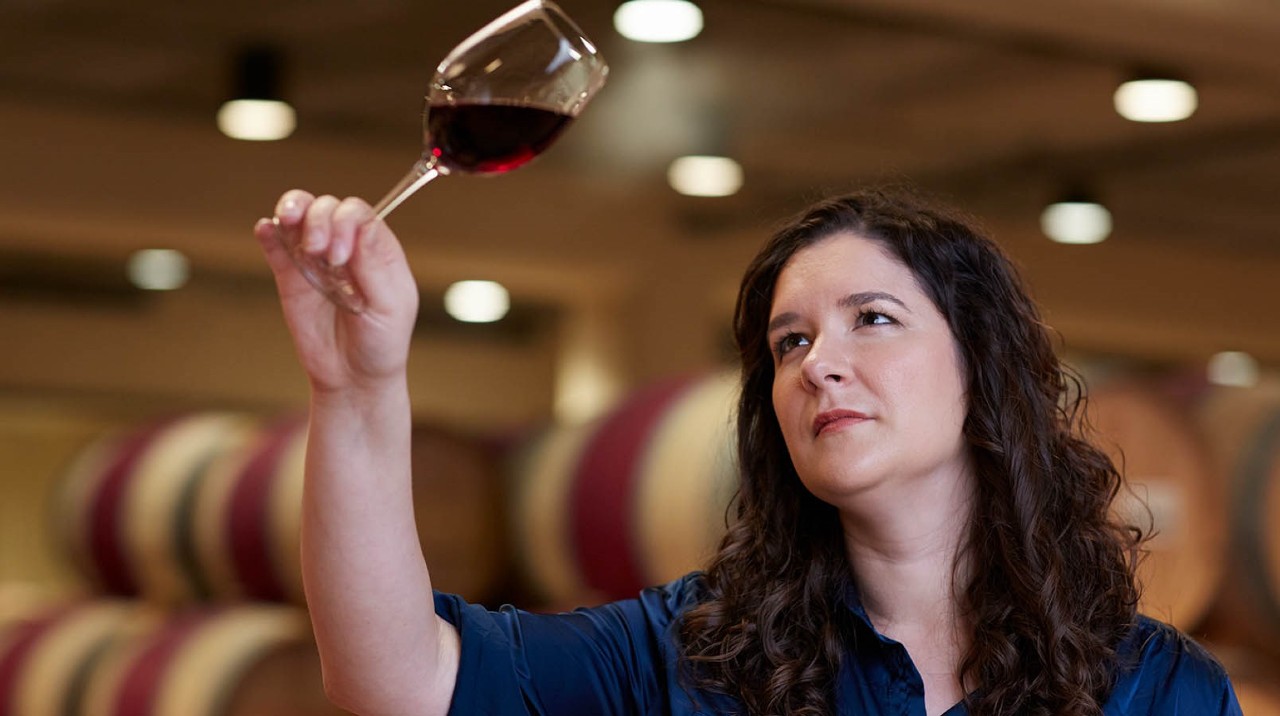

Be the first to comment